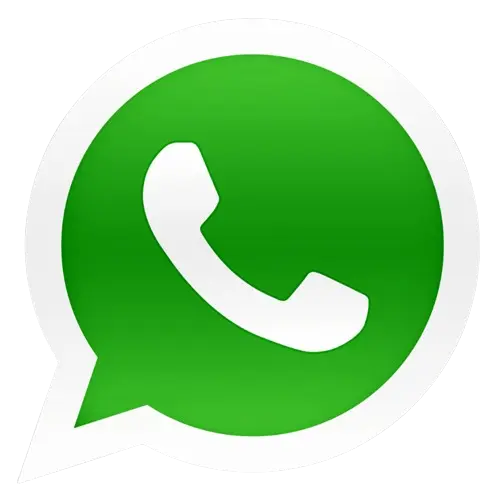$2,000 Direct Deposit:In times of financial uncertainty, even a small amount of relief can make a big difference. For millions of Americans, news of a potential $2,000 direct deposit has sparked both hope and excitement. Families are wondering: Who is eligible? When will the payment arrive? And how can I make sure I don’t miss it?
This article will walk you through everything you need to know so far—from eligibility requirements to payment schedules—in simple, human terms.
What is a $2,000 Direct Deposit?
The U.S. government has periodically issued stimulus payments and assistance checks in recent years to help families cope with rising living costs. The upcoming $2,000 direct deposit is designed to provide relief to citizens struggling with expenses like rent, groceries, medical bills, and utilities.
Although the IRS plays a central role in processing these payments, direct deposits will be made directly to eligible Americans’ bank accounts, ensuring quick and secure access to funds.
Who is eligible for a $2,000 direct deposit?
Eligibility is always the first question people ask. While final details may depend on IRS instructions, the general requirements are expected to be as follows:
- U.S. Citizenship or Legal Residence – You must be a U.S. citizen or legal resident.
- Income Limits – Payments generally phase out for individuals with annual incomes over $75,000 and couples with annual incomes over $150,000.
- Tax Filing – You must file your 2023 or 2024 federal tax return to verify your income and eligibility.
- Dependents – Some families may receive additional funds for dependents, although this varies by program.
Payment Dates: When will the $2,000 be Deposited?
Like previous stimulus checks, these payments are expected to roll out in phases. The IRS typically prioritizes people who:
- Set up direct deposit with the IRS (the fastest way to receive funds).
- Deposit taxes early.
- Receive Social Security, SSI, or VA benefits.
Expected Payment Timeline
| Payment Group | Expected Deposit Date |
| Direct deposit recipients (with IRS info on file) | Early October 2025 |
| Social Security, SSI, and VA beneficiaries | Mid October 2025 |
| Paper check recipients | Late October – Early November 2025 |
| Debit card (EIP card) | mail-outs November 2025 |
How Will The Payment Be Sent?
- Direct Deposit: Funds are sent directly to your bank account (the fastest method).
- Paper Check: If you don’t have direct deposit, mailed to your address on file.
- Debit Card (EIP): For some recipients who don’t use traditional banking.
What should you do to prepare?
- File your taxes – If you haven’t filed your taxes, the IRS won’t know your eligibility.
- Update direct deposit information – Make sure the IRS has your bank details correct.
- Check IRS.gov – Use the IRS’s “Get My Payment” tool if it’s available.
- Avoid scams – The IRS will never call, text, or email you asking for banking information.
Why this payment is important
For many families, $2,000 means:
- Paying overdue bills.
- Buying essentials like food and medicine.
- Reducing debt during difficult times.
- Getting a sense of financial relief.
It’s not just money—it’s peace of mind during times of economic uncertainty.
Frequently Asked Questions
Q 1: Do I need to apply for a $2,000 direct deposit?
Ans. No. If you’ve filed your taxes and meet the eligibility requirements, the IRS will automatically send the payment.
Q 2: Will dependents also receive a payment?
Ans. This depends on the final program details. In previous relief packages, additional funds were provided for dependents.
Q 3: What if I don’t have a bank account?
Ans.You may receive a paper check or Economic Impact Payment (EIP) debit card in the mail.
Q 4: Is the payment taxable?
Ans. No. Like previous stimulus payments, it is not considered taxable income.
Q 5: What if I’ve recently moved?
Ans.Update your address with the IRS or set up direct deposit to avoid delays.

